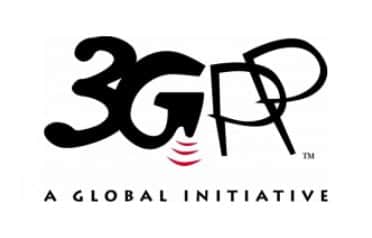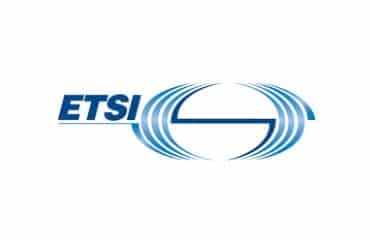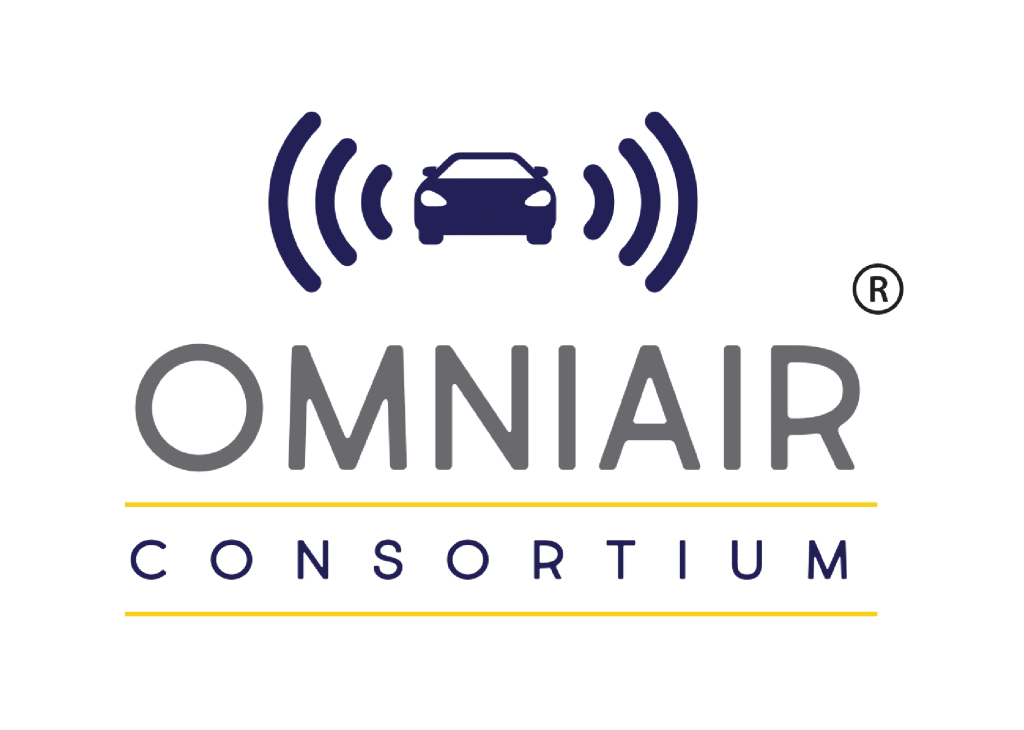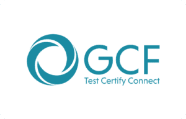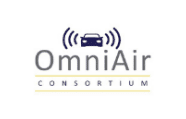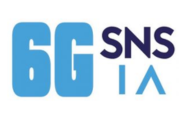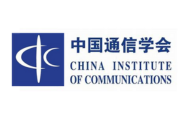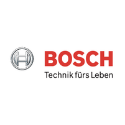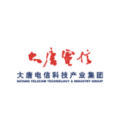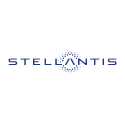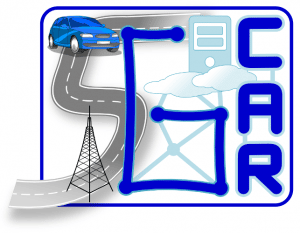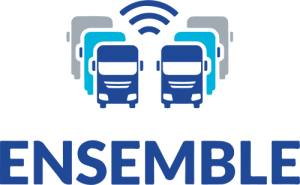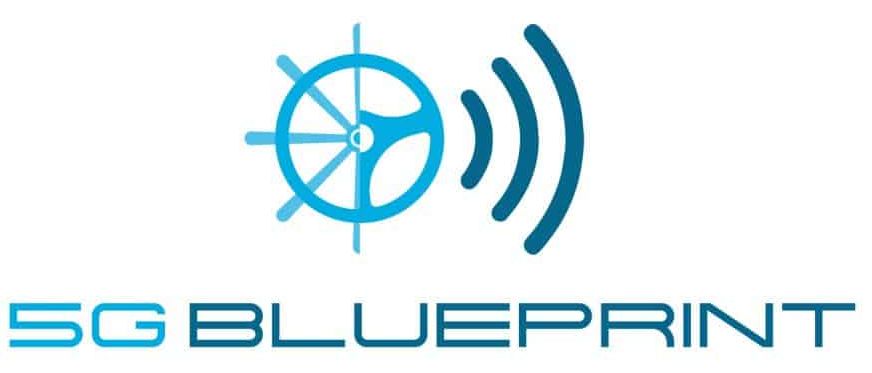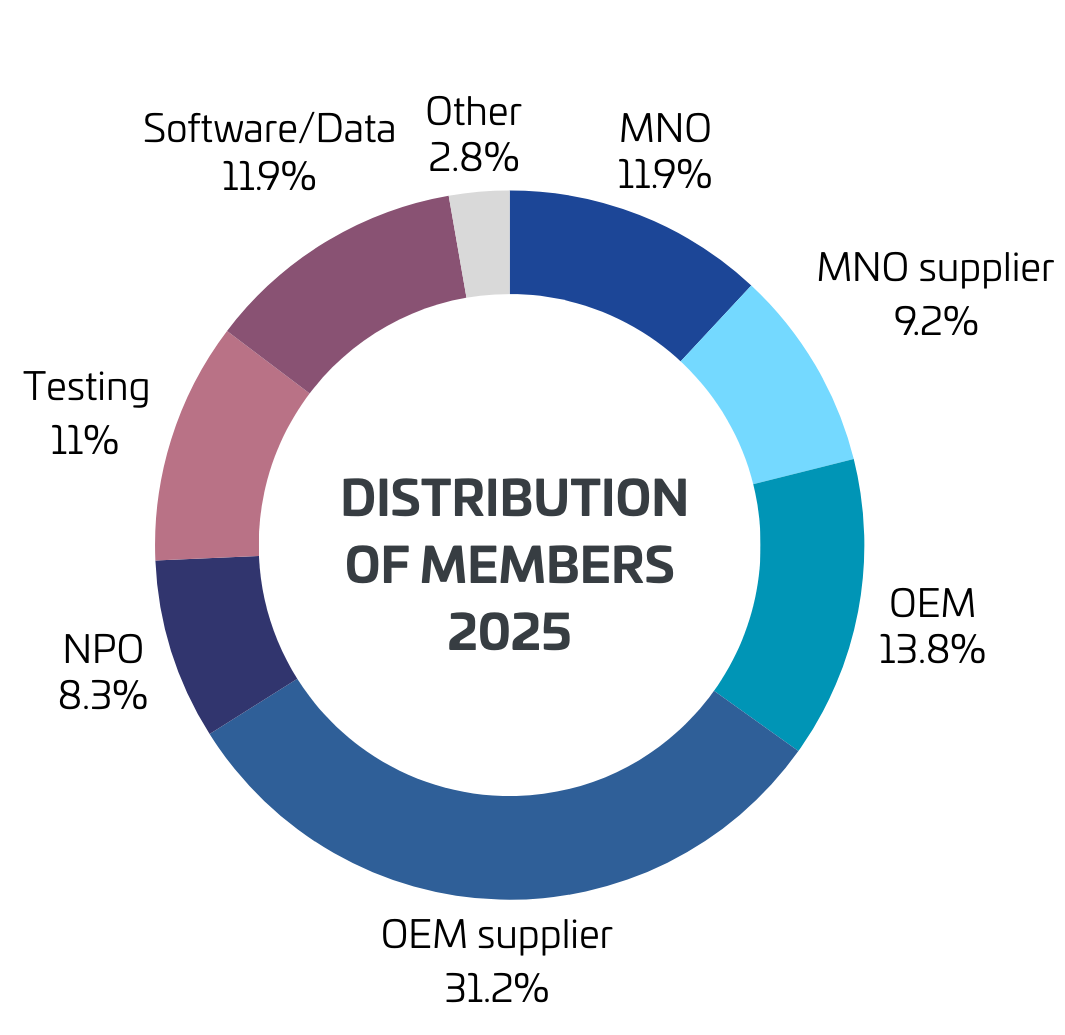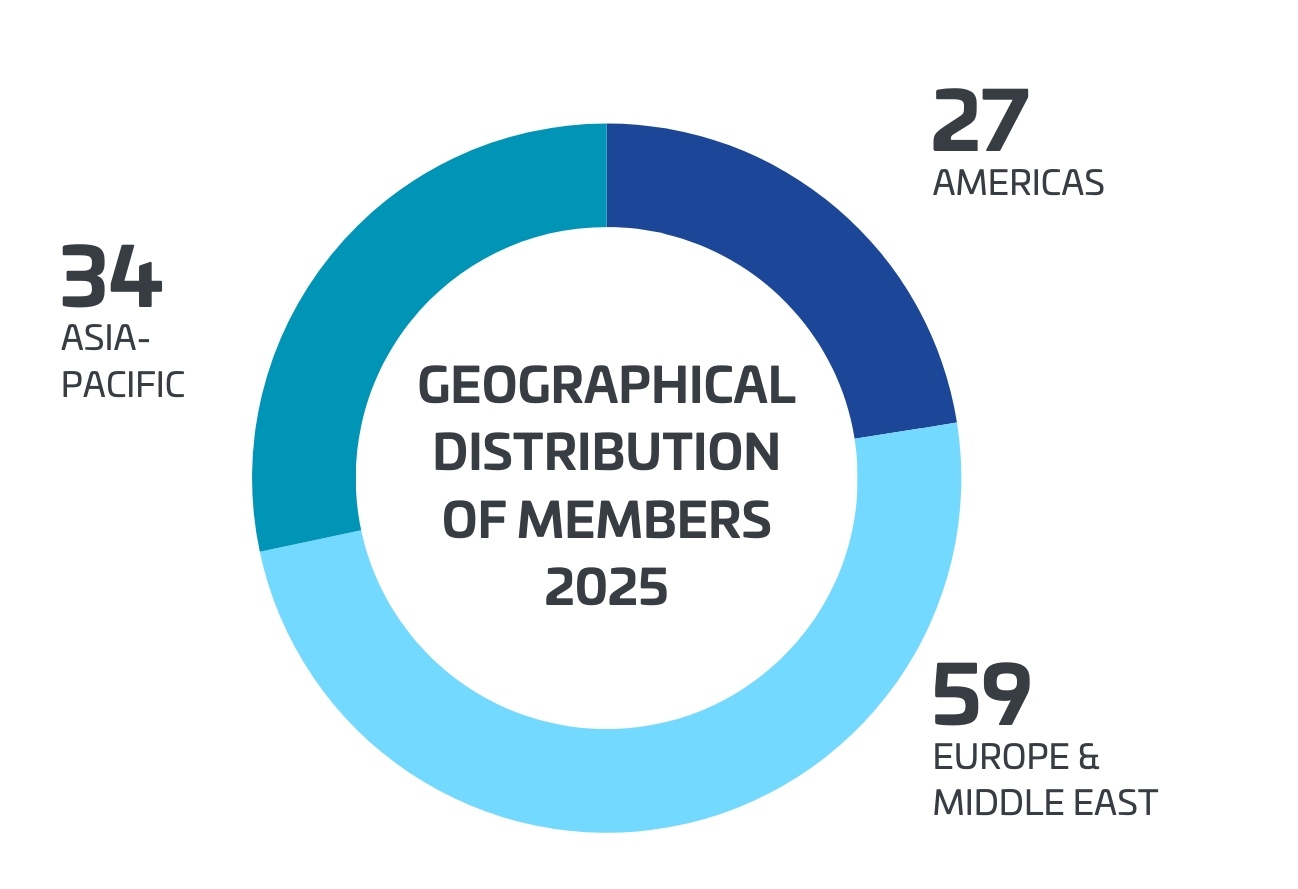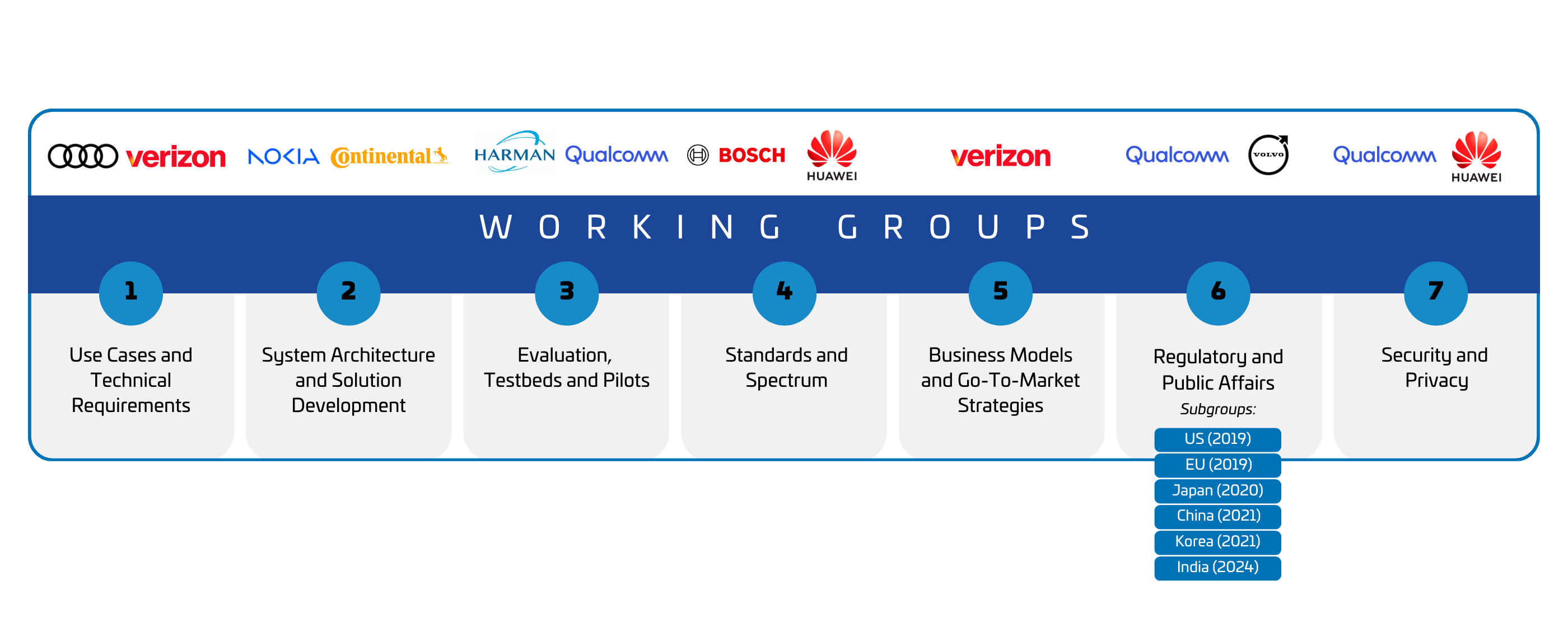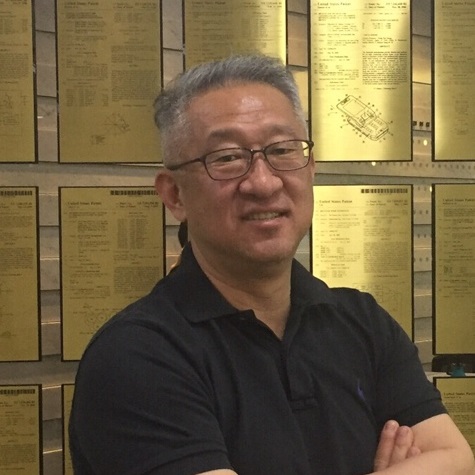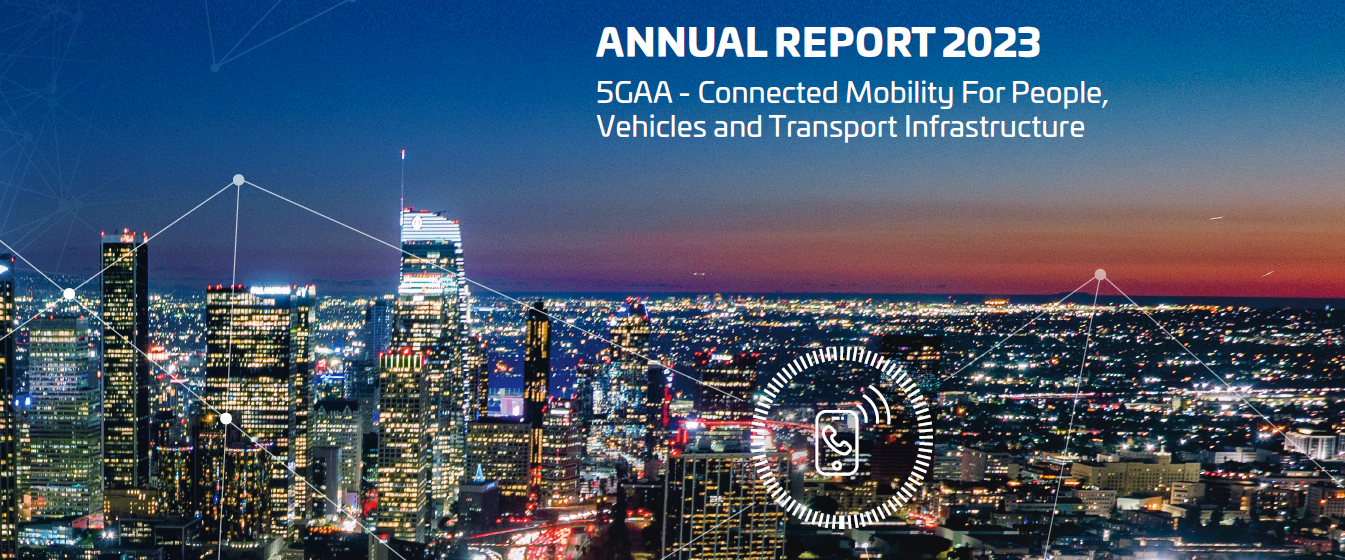The 5G Automotive Association has released its annual report for 2023, highlighting significant strides made towards global deployment of cellular vehicle-to-everything (C-V2X) technology and connected mobility solutions. The report details the association’s achievements across key areas, all working towards a more connected and automated transportation ecosystem.
Strong Membership and Global Reach
5GAA grew to 126 members in 2023, including leading names from the automotive (11 out of the top 15 carmakers), mobile network operator (8 out of the top 10 MNOs), and smartphone vendor industries (2 top vendors). This diverse membership fosters strong cross-industry collaboration with a global footprint.
Beyond membership, 5GAA actively maintained partnerships with over 40 organisations, including standards development organisations, public administrations, and certification bodies. Notably, 2023 saw the signing of a cooperation agreement with ITS America and renewed Memoranda of Understanding with ITS Korea and 5G Forum.
Recognising the varying pace of V2X deployment across regions, 5GAA continued to expand its reach. In addition to existing regional regulatory-focused sub-groups, a dedicated taskforce was established for India, a promising V2X market. The association also continued to advocate for a scalable and federated approach to managing road traffic information.
Contributing to Standards
Standardisation has been a core focus of the 5GAA since its early days. In 2023, the association and its members participated in 3GPP Release-19 discussions, providing critical automotive industry input as a Market Representation Partner (MRP). This cooperation aims to ensure that C-V2X technology development aligns with global needs. Additionally, 5GAA contributed to regional standardisation efforts by giving input to bodies like ETSI, SAE, and C-SAE.
In Conversation with Policymakers
The association actively engages with policymakers and regulatory bodies around the world. In Europe, 5GAA issued a joint statement with leading European carmakers urging the deployment of 5G-V2X technology in Europe. The association also welcomed positive developments such as FCC waivers for C-V2X deployment in the US, Korea’s selection of C-V2X direct communication as its technology of choice, and Japan’s consideration of using the upper 30 MHz in the 5.9 GHz band for V2X direct communications.
These engagements play a vital role in establishing sufficient regulatory support for the mass adoption of C-V2X technology.
Two Succesful Workshops
Throughout 2023, 5GAA hosted workshops with key stakeholders to identify challenges and advance technology innovation. In The Hague, Netherlands, a workshop focused on C-V2X mass market deployment in real-life traffic. Similarly, a high-level conference, “The Future of Connected Mobility in South Korea,” was held in Seoul. Discussions centered on how connected mobility and ITS can advance road safety and automated driving in the Korean transport ecosystem.
Technical Progress
In 2023, 5GAA maintained a strong work program. The association successfully completed 12 work items, launched 28 new ones for development in 2024, and published 18 technical reports. Key areas of focus included Day 1 V2X services, Automated Valet Parking (AVP) solutions, and interoperability testing for Vulnerable Road User (VRU) protection, with a series of live demonstrations in Mcity, Michigan.
Looking Ahead
5GAA has developed a solid strategic roadmap for its activities in 2024. Over the next months, the association will focus on:
- Prioritising the execution and implementation of readily available or “Day 1” technology and services;
- Accelerating the wide-scale deployment of Day 1 V2X services over mobile network communications;
- Developing an end-to-end AVP service implementation and continuing to advance interoperability among members’ VRUs solutions;
- Tackling technical or political hurdles that prevent the mass roll-out of LTE-V2X direct communications in targeted markets, while laying the groundwork for 5G-V2X direct;
- Chartering a transition path or mitigation measures to ensure continuity of legacy services; and
- Continuing to investigate the potential of emerging technologies like positioning-as-a-service (PaaS), non-terrestrial networks (NTNs), and integrated sensing and communication for V2X applications.
The 5GAA 2023 annual report underscores the association’s vital role in shaping the future of mobility. By fostering collaboration amongst key stakeholders and driving industry progress, 5GAA paves the way for a safer, more efficient, and automated transportation ecosystem.
